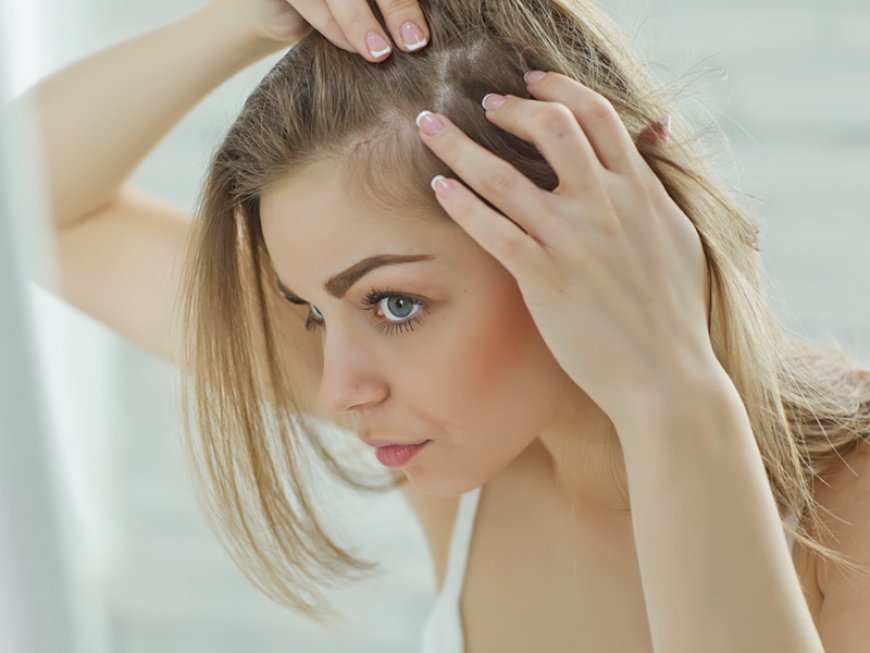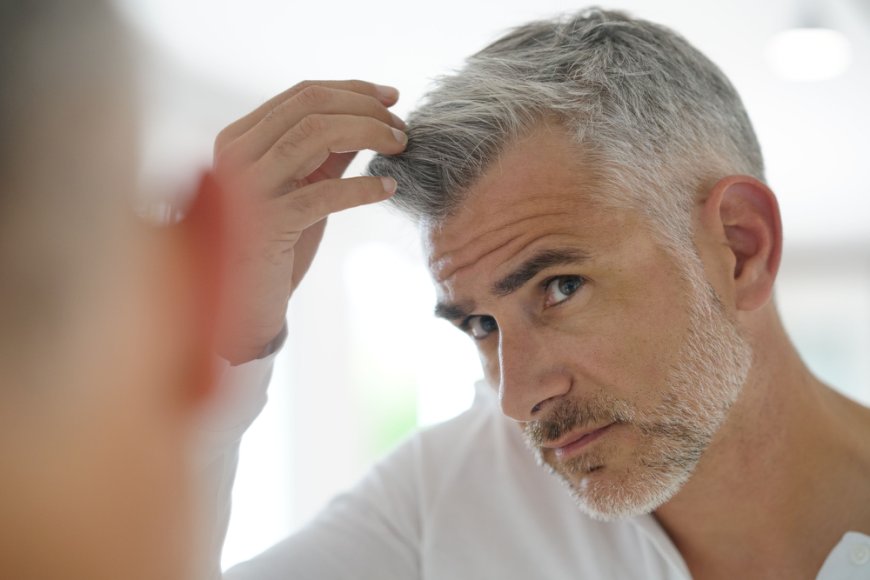Reclaim Your Hair: A Step-by-Step Guide to Hair Restoration
Unlock the secrets to hair restoration with our comprehensive step-by-step guide. Reclaim your confidence and embrace a journey to healthier, fuller hair today.
Hair loss affects millions of people worldwide, causing significant emotional and psychological distress. Understanding the causes of hair loss is the first step toward effective hair restoration. Common causes include:
- Genetics: Androgenetic alopecia, commonly known as male or female pattern baldness, is hereditary.
- Hormonal Changes: Conditions such as thyroid imbalances, pregnancy, and menopause can trigger hair loss.
- Medical Conditions: Alopecia areata, scalp infections, and other diseases can lead to hair loss.
- Medications: Treatments for cancer, arthritis, depression, heart problems, and high blood pressure may have hair loss as a side effect.
- Nutritional Deficiencies: Lack of essential nutrients like iron, protein, and vitamins can contribute to hair thinning.
- Stress: Physical and emotional stress can cause temporary hair loss, known as telogen effluvium.
Understanding these factors helps tailor a personalized hair restoration plan.
Step 1: Consultation with a Hair Specialist
The journey to reclaiming your hair begins with a consultation with a hair restoration specialist. During this consultation, the specialist will:
- Evaluate your medical history: Understanding your health background helps identify potential causes of hair loss.
- Perform a scalp examination: A thorough examination can reveal scalp conditions and the extent of hair loss.
- Discuss your expectations: Setting realistic goals is crucial for a satisfactory outcome.
This initial step ensures that the hair restoration process is customized to your specific needs.
Step 2: Non-Surgical Treatments
For those seeking non-invasive options, there are several effective treatments available:
Topical Treatments
- Minoxidil: An over-the-counter solution applied directly to the scalp, it can stimulate hair growth and slow down hair loss.
- Finasteride: A prescription medication that reduces hormone levels responsible for hair loss, primarily used by men.
Oral Supplements
- Biotin: Known for its role in hair health, biotin supplements can strengthen hair and promote growth.
- Iron and Vitamin D: Supplements for individuals with deficiencies in these nutrients can improve hair health.
Laser Therapy
- Low-Level Laser Therapy (LLLT): This treatment uses light energy to stimulate hair follicles, promoting hair growth and density. It's a painless procedure that can be done at home with devices approved by the FDA.
Step 3: Surgical Treatments
For more advanced cases of hair loss, surgical treatments may be recommended:
Hair Transplant Surgery
- Follicular Unit Transplantation (FUT): A strip of scalp with healthy hair follicles is removed and transplanted to bald areas.
- Follicular Unit Extraction (FUE): Individual hair follicles are extracted and transplanted, leaving minimal scarring.
Scalp Reduction
- Scalp Reduction Surgery: Bald areas of the scalp are surgically removed, and the remaining hair-covered scalp is stretched to cover the area.
Micrografting
- Micrografting Technique: Involves transplanting tiny grafts containing one to three hairs, providing a natural-looking hairline.
Step 4: Lifestyle and Home Care
Maintaining hair health requires a holistic approach. Incorporate these lifestyle changes and home care routines to support hair restoration:
Healthy Diet
- Protein-Rich Foods: Include lean meats, eggs, and legumes to provide the building blocks for hair.
- Iron and Zinc: Consume spinach, beans, and nuts to prevent deficiencies that can lead to hair loss.
- Vitamins: Vitamin A, C, and E-rich foods like carrots, oranges, and avocados support healthy hair growth.
Scalp Care
- Regular Washing: Use a mild shampoo to keep the scalp clean and free of excess oil.
- Scalp Massage: Gently massaging the scalp can improve blood circulation, promoting hair growth.
- Avoid Heat Styling: Limit the use of hair dryers, straighteners, and curling irons to prevent hair damage.
Stress Management
- Exercise: Regular physical activity can reduce stress levels, which can otherwise exacerbate hair loss.
- Mindfulness Practices: Techniques such as meditation, yoga, and deep breathing can help manage stress effectively.
Step 5: Advanced Therapies
Explore advanced hair restoration therapies for enhanced results:
Platelet-Rich Plasma (PRP) Therapy
- PRP Injections: Platelets extracted from your blood are injected into the scalp to stimulate hair growth. This treatment leverages the body's natural healing properties to rejuvenate hair follicles.
Stem Cell Therapy
- Stem Cell Injections: Stem cells are injected into the scalp to promote the regeneration of hair follicles, leading to improved hair density and growth.
Hair Cloning
- Emerging Technology: Though still in experimental stages, hair cloning involves creating new hair follicles from a patient’s cells, offering potential future solutions for hair restoration.
Step 6: Consistency and Patience
Hair restoration is a gradual process requiring consistency and patience. Follow these tips to stay committed:
- Adhere to Treatment Plans: Stick to the prescribed treatments and routines.
- Monitor Progress: Keep track of improvements and consult with your specialist for adjustments if needed.
- Stay Informed: Keep abreast of new hair restoration advancements and discuss them with your specialist.
Conclusion: Embrace Your Journey to Hair Restoration
Reclaiming your hair is a multifaceted process that combines medical treatments, lifestyle changes, and advanced therapies. By understanding the underlying causes of hair loss and working closely with a hair restoration specialist, you can develop a tailored plan that addresses your unique needs. Stay committed, be patient, and embrace the journey to healthier, fuller hair.














